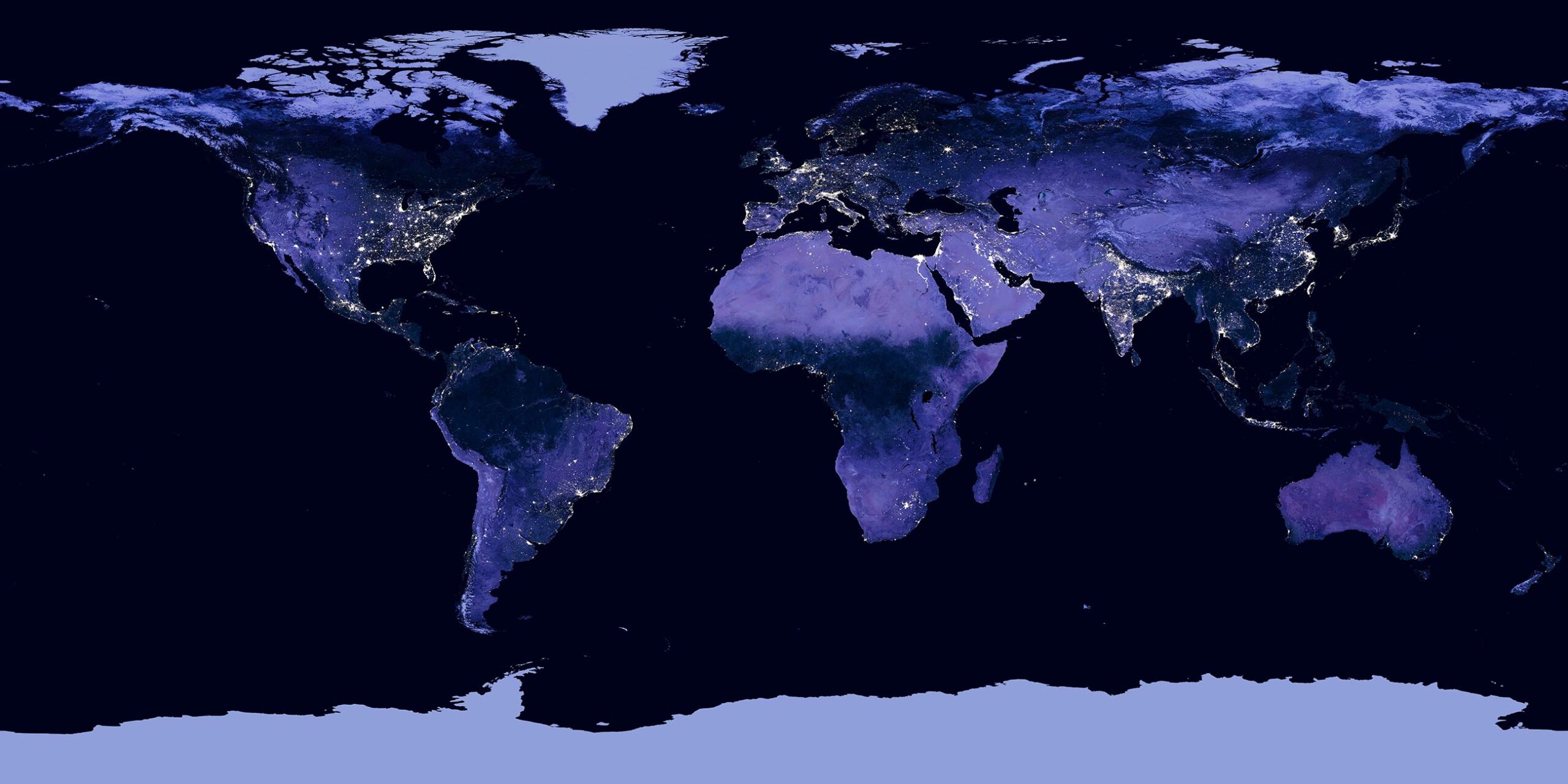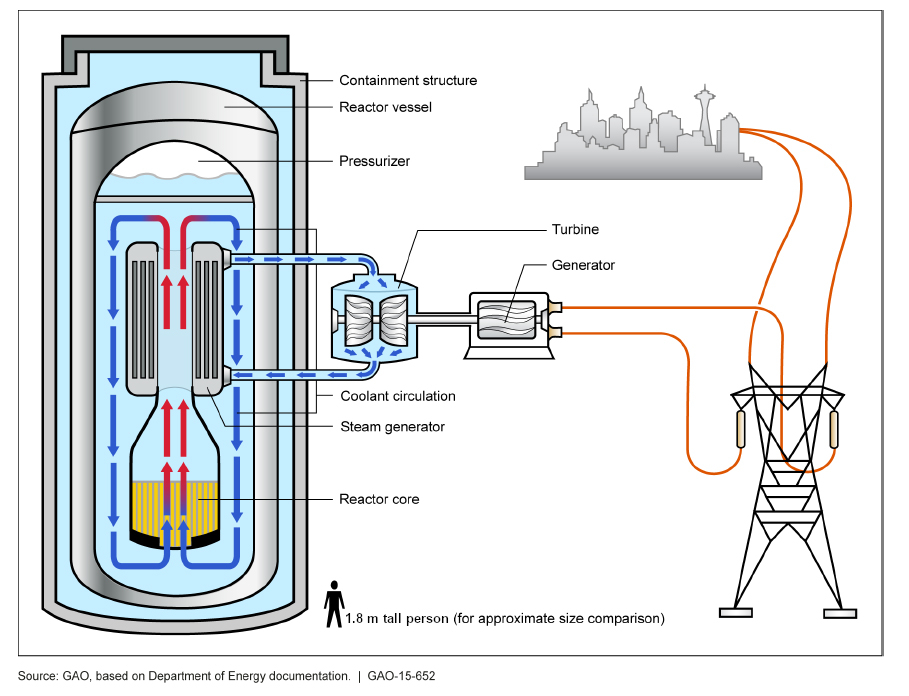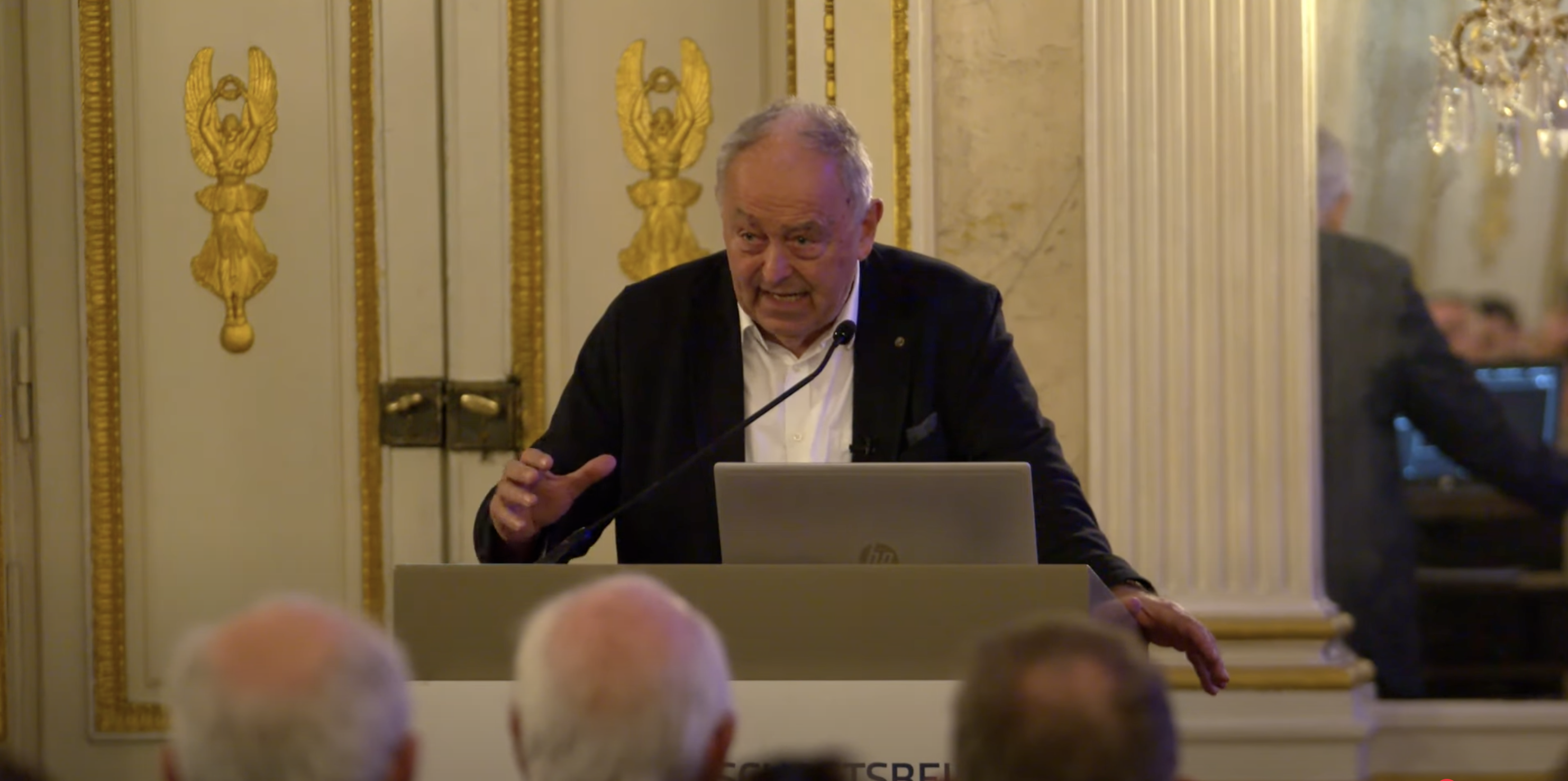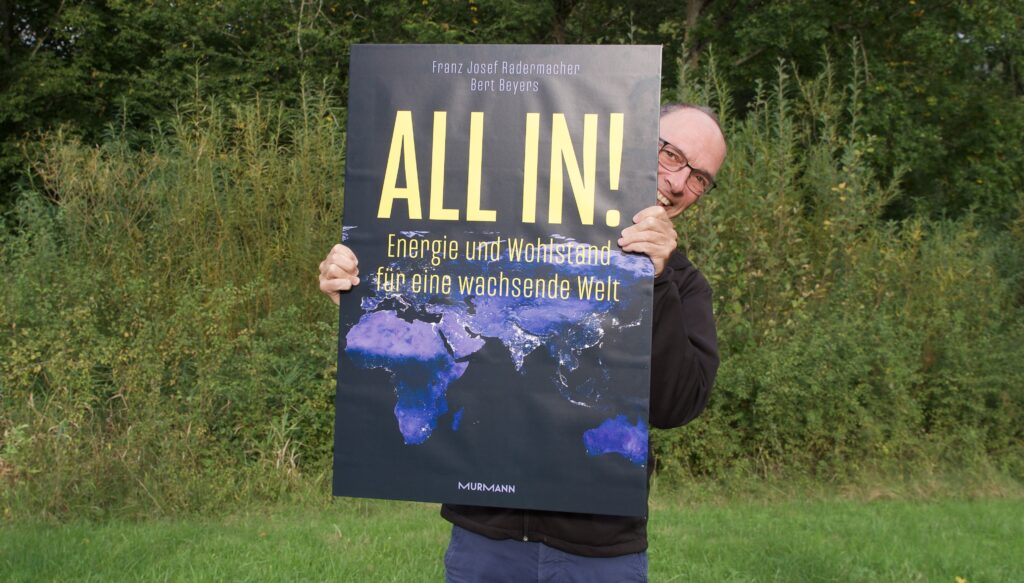At this point, some news of the last few weeks will be addressed which, from GES’ point of view, are reason for hope because they contain building blocks of a possible global solution and / or could help to develop a realistic view of the challenges ahead of us.
Climate gas emissions are at an all-time high. According to a study by Earth System Science Data, 54 billion tonnes of CO2 equivalents are emitted annually. In the past decade (2013 to 2022), warming averaged 1.14 degrees above pre-industrial levels. Man-made warming is increasing at a rate of over 0.2 degrees per decade. The target of 1.5 degrees of warming is likely to be reached soon.
How can the global financial system be made more solidary and more closely aligned with climate goals? At the meeting of 40 heads of state and government in Paris, it was all words – there were hardly any tangible results. At least the goal of raising 100 billion US dollars through special drawing rights for poor countries was achieved.
The International Energy Agency (IEA) is calling for faster progress in energy efficiency. Global energy efficiency should increase from the current 2.2 percent per year to 4 percent per year by 2030. This is to ensure that energy remains affordable and that climate targets are met.
The German government’s new climate protection law is to include targets for carbon capture for the first time. According to Tagesspiegel Background, there is now a quantity framework for the CO2 storage strategy. According to this, between 17 and 69 million tonnes per year are to be stored in the ground in Germany from 2045. For the first time, the production of blue hydrogen (in Wilhelmshaven and Rostock) is also mentioned: from natural gas with CCS. Four CCUS hubs are to be created in Germany, including in North Rhine-Westphalia and central Bavaria. So far, CO2 storage has been de facto banned in Germany.
The CCS discussion in Germany is gaining momentum. While environmental organisations such as BUND continue to reject carbon management, the BDI is calling for clarity on the storage of CO2 on German soil.
RWE is currently developing CCS projects in the UK and the Netherlands – just not in Germany. Fritz Vahrenholt reports in his newsletter that the energy company has a carbon capture pilot plant at its lignite-fired power plant in Niederaussem – but does not use it. In the Netherlands, on the other hand, RWE is developing carbon capture projects that are supposed to produce negative emissions in combination with bioenergy.
In an interview with DIE ZEIT, the head of MAN Energy Solutions, Uwe Lauber, criticises political and bureaucratic obstacles to climate protection technologies in Germany. Literally, he says: “We are the world market leader with our CCS plants and can install them in all countries of the world – just not here. In America, CCS is not only allowed, but also heavily subsidised. That helps the industry there.”
The Rohrdorf cement plant in Bavaria and the grid operator bayernets want to examine the transport of CO2 . The feasibility study will also examine whether underground storage sites can be connected for the intermediate storage of CO2 and how a Germany-wide CO2 network can be created.
One of the largest wind-to-heat plants in Germany has gone into operation. According to Hamburger Energiewerke, the 80-megawatt plant in Wedel converts surplus wind power into heat that is fed into the Hamburg district heating network. Mathematically, 27,000 households can be supplied with heating energy in this way.
Germany could provide its entire heat demand for temperatures up to 200 degrees with large heat pumps. This is the result of a study by the Fraunhofer Institute for Energy Infrastructure and Geothermal Energy. Large heat pumps draw energy from geothermal energy, bodies of water, waste heat, such as from server farms, and solar thermal energy.
Deutsche Bahn wants to transport large quantities of hydrogen in the future. Also in case a pipeline network is not available in time. DB Cargo says it could handle 20 per cent of H2 transport in 2030.
Norway wants to release parts of its seabed for deep-sea mining. “We need minerals to make the energy transition successful,” said Energy Minister Terje Aasland. Large quantities of minerals have been discovered on the seabed of the Norwegian continental shelf, including rare earths, copper and cobalt. Environmentalists fear that the ecosystems of the deep sea will be damaged.
How far has artificial photosynthesis come? This question is being investigated in a report initiated by the Ministry of Research. The result: the technology has not yet gone beyond the laboratory scale. The report defines artificial photosynthesis as “a generic term for technological or biotechnological processes for the production of energy-rich valuable substances and fuels from simple, low-energy molecules using light in integrated apparatus or plants”.
Currently, 675 million people still live without electricity, 80 percent of them in sub-Saharan Africa. According to a report by the International Energy Agency (IEA), the situation has hardly changed since 2010. One of the UN’s Sustainable Development Goals (SDGs) concerns access to affordable electricity by 2030. Without further investment, this target will be missed, the authors say.




